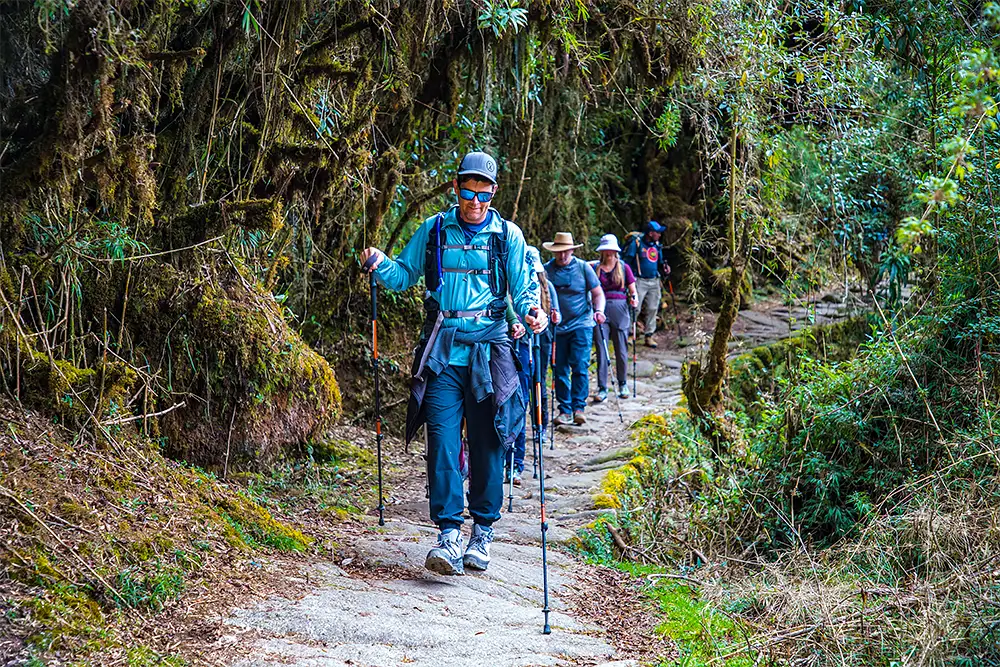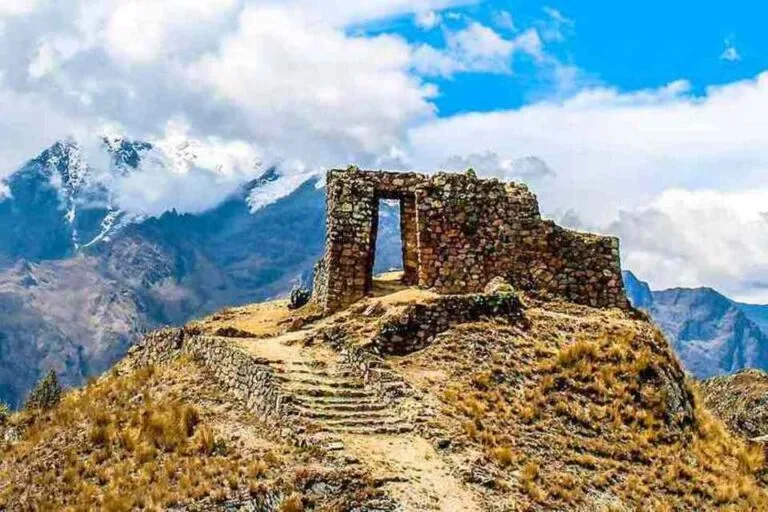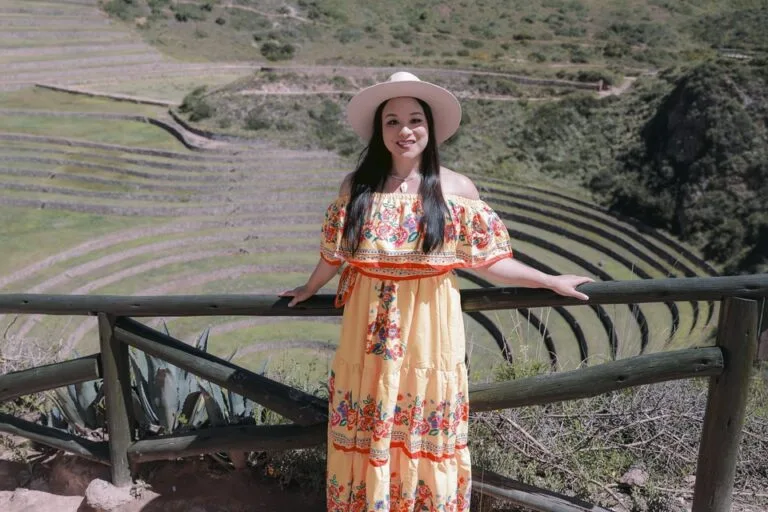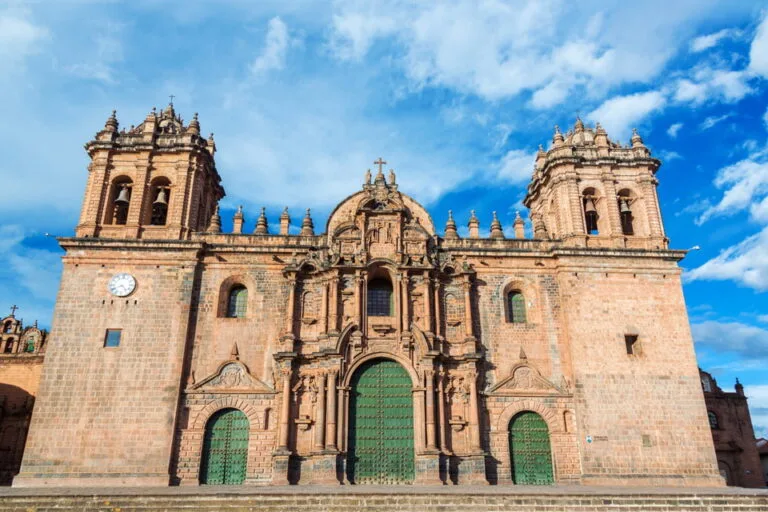Qenqo is one of the most fascinating archaeological sites in Cusco, Peru. This ceremonial center, whose name means "labyrinth" in Quechua, is full of mysticism and history. Carved into limestone, it was used by the Incas to perform religious rituals and ceremonies dedicated to Pachamama (Mother Earth).
Discover the Secrets of Qenqo! Explore the Mystical Inca Labyrinth in Cusco
Qenqo is located just 4 km from downtown Cusco and is part of the Sacsayhuamán Archaeological Park. It sits at an altitude of 3,580 meters above sea level, surrounded by an impressive natural landscape that enhances its spiritual aura.
How to Get to Qenqo?
- Walking: From Cusco, you can reach it in a 40 to 60-minute walk.
- Public transport: Local buses from Rosaspata take you there for just 1 sol.
- Taxi: A fast and convenient option. Be sure to negotiate the price.
- Organized tour: Includes transportation and a guide, ideal for understanding the site's deeper meaning.
History of Qenqo
Inca Period
Qenqo was built during the 15th century under the reign of Pachacutec. It was used for religious and astronomical ceremonies, marking solstices and equinoxes essential to agriculture. Its design reflects the Incas’ close relationship with nature and the cosmos.
Colonial Period
With the arrival of the Spanish, many ceremonial sites like Qenqo were destroyed or abandoned. Its stones were reused to build churches and colonial buildings, in an attempt to erase Andean beliefs.
Present Day
Today, Qenqo is recognized as Cultural Heritage of Peru and is one of Cusco’s key tourist attractions. Its mysteries continue to attract tourists and researchers from around the world.
Main Attractions of Qenqo
The Amphitheater
A semicircular space surrounded by niches, where public ceremonies were held. At the center stands a monolith that, according to some studies, represents a puma — a symbol of strength and power.
Carved Channels
These zigzag-shaped structures were used in ceremonies to transport sacred liquids, such as chicha or sacrificial blood.
Underground Galleries
Tunnels carved into the rock that connect different areas of the site. They represented the transition between the earthly and spiritual worlds, according to Andean cosmology.
The Intihuatana
A stone altar used as an astronomical observatory. This element reflects the Incas’ precision in interpreting solar cycles.
Tips for Visiting Qenqo
- Comfortable clothing: Wear layers due to the variable weather.
- Sun protection: Bring a hat, sunglasses, and sunscreen.
- Proper footwear: Sturdy shoes are essential for walking on uneven terrain.
- Hydration: Carry water and light snacks.
- Tour guide: Hiring a guide will enrich your experience by helping you understand Qenqo’s symbolic meaning.
Best Time to Visit Qenqo
The dry season (April to October) is ideal for exploring Qenqo, as sunny days will let you fully enjoy the site.
Frequently Asked Questions About Qenqo
1. What was the main purpose of Qenqo? It was a ceremonial center dedicated to religious rituals and astronomical observations.
2. What do the carved channels symbolize? They represent the connection between natural elements and the spiritual world, used in ceremonies involving sacred liquids.
3. Is Qenqo aligned with astronomical events? Yes, like other Inca sites, it is aligned with solstices and equinoxes.
4. Do I need a ticket to enter Qenqo? Yes, Qenqo is part of the Cusco Tourist Ticket, which includes various archaeological sites.
5. Can I visit Qenqo on my own? It is possible, but hiring a guide is recommended to better understand its historical and cultural significance.







